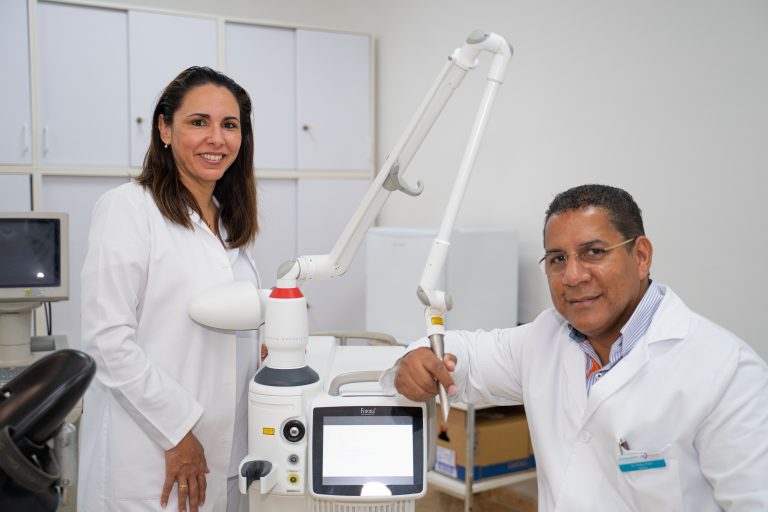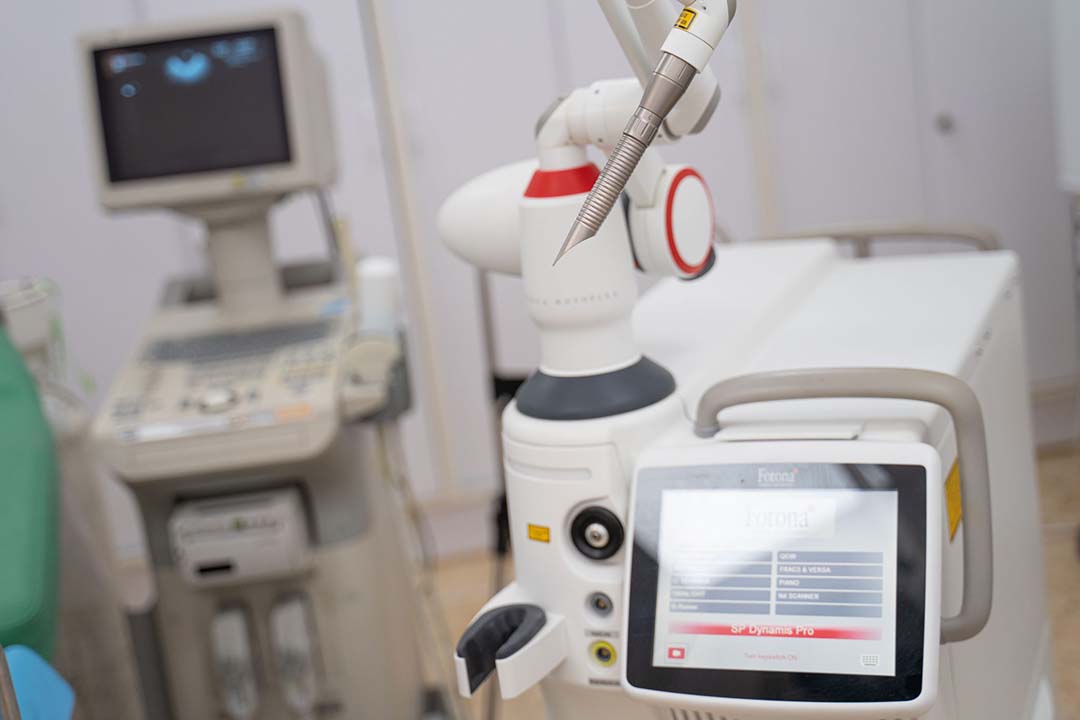Menstrual pain or dysmenorrhoea (medical term) is one that occurs at the same time as the menstrual period.
It usually precedes bleeding and, depending on its cause, its duration varies. It can range from mild discomfort to severe pain that compromises the social and working life of the woman who suffers from it.
It can affect up to one third of women. A number of risk factors have been identified, including smoking, alcohol consumption on bleeding days, being overweight and having first menstruation before the age of 11.
It is located in the lower abdomen, although it can include the lower back. It is a colicky pain that may appear as the only symptom or may be accompanied by various other symptoms such as nausea, vomiting, weakness, headache, diarrhoea or even fainting.
We are talking about primary dysmenorrhoea when it is not associated with pathology. In this case the physical examination and ultrasound examination will reveal an undisturbed genital tract. It occurs in adolescents and young women under the age of 25, usually childless, and the duration of bleeding is usually 1-2 days.
However, the secondary dysmenorrhoea is a symptom of an underlying gynaecological disease such as uterine fibroids and endometriosis among the most common. In these cases the onset of painful menstruation will have a later onset, usually after the age of 30, in women who may have given birth and the duration of pain may extend to all days of bleeding.
Just as the cause may vary, the approach to this condition will not be the same for all patients. A specialised assessment will determine the correct diagnosis and appropriate management in each case.







